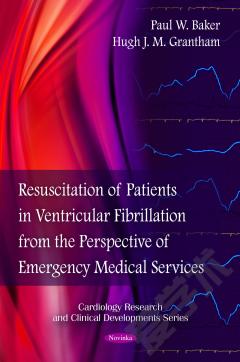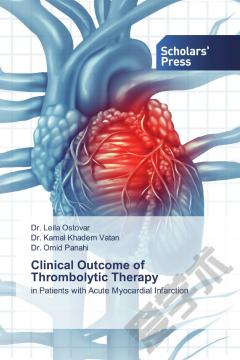Resuscitation of Patients in Ventricular Fibrillation from the Perspective of Emergency Medical Services RUSH
Since the first use of basic life support (BLS) and defibrillation in the pre-hospital setting in Belfast in 1966, few would argue that there have been major improvements in the rate of survival for out-of-hospital cardiac arrests. Indeed, until the widespread introduction of BLS and defibrillators to emergency medical service (EMS) vehicles, an out-of-hospital cardiac arrest would mean certain death. The initial rhythm of a patient in cardiac arrest is predictive of their chances of survival. In this regard, the rhythms with the highest rate of survival to hospital discharge are ventricular fibrillation (VF) and ventricular tachycardia (VT). As VF is a more common presenting rhythm in out-of-hospital cardiac arrest and much of our knowledge of VF is relevant to VT, this book focuses primarily on VF cardiac arrest.
{{comment.content}}








 京公网安备 11010802027623号
京公网安备 11010802027623号